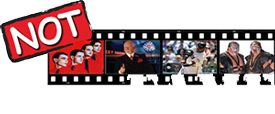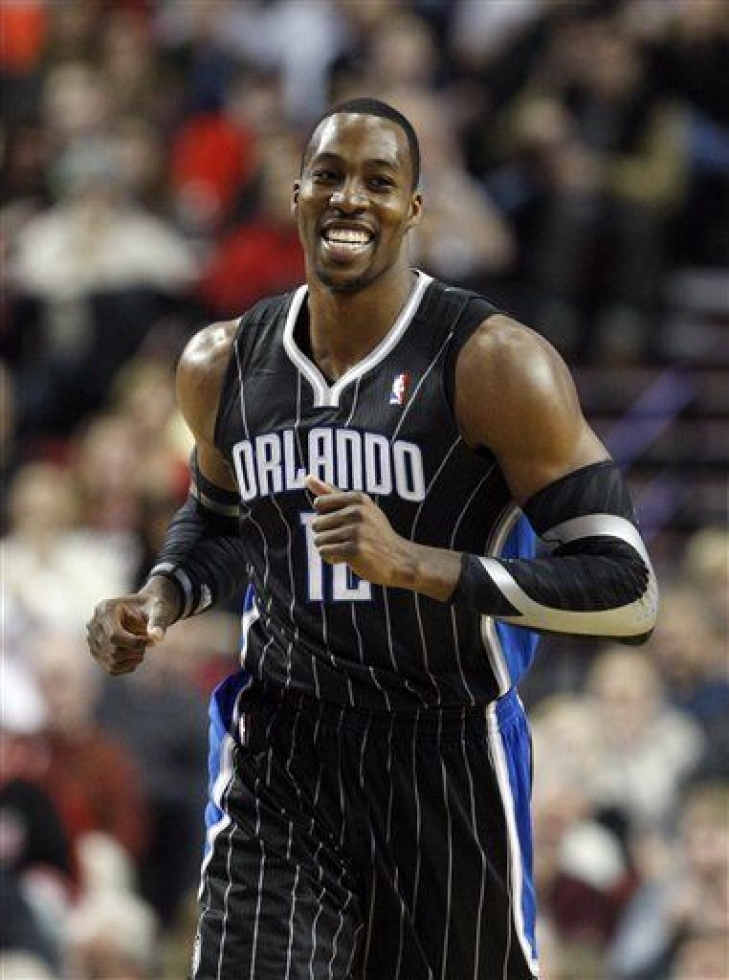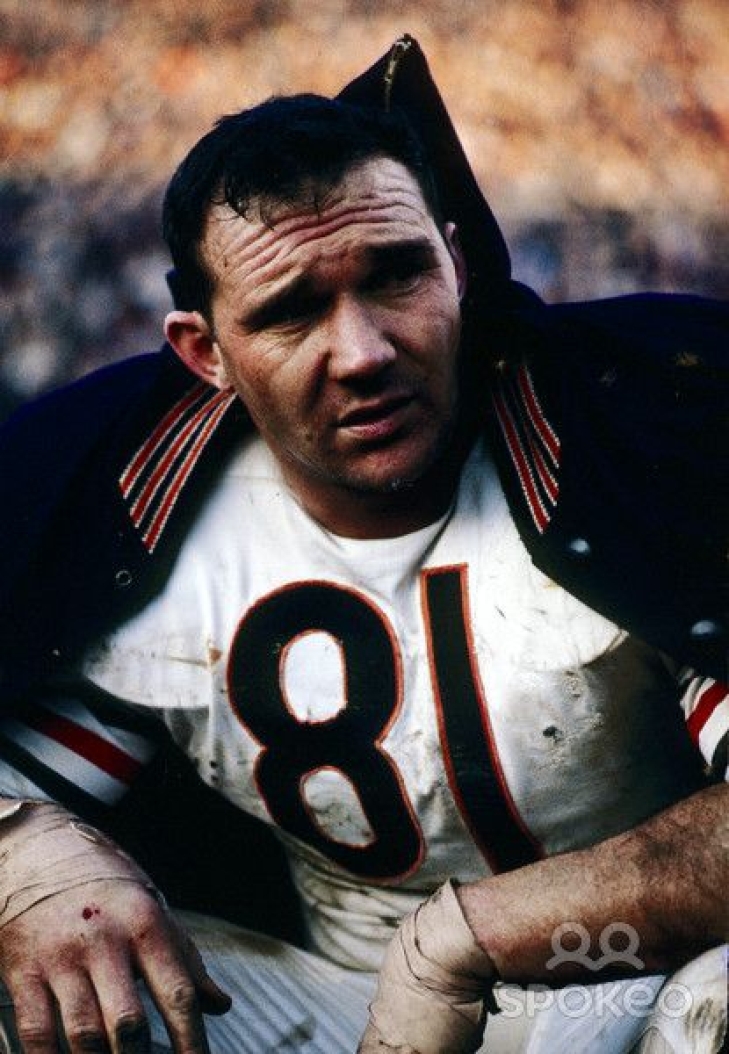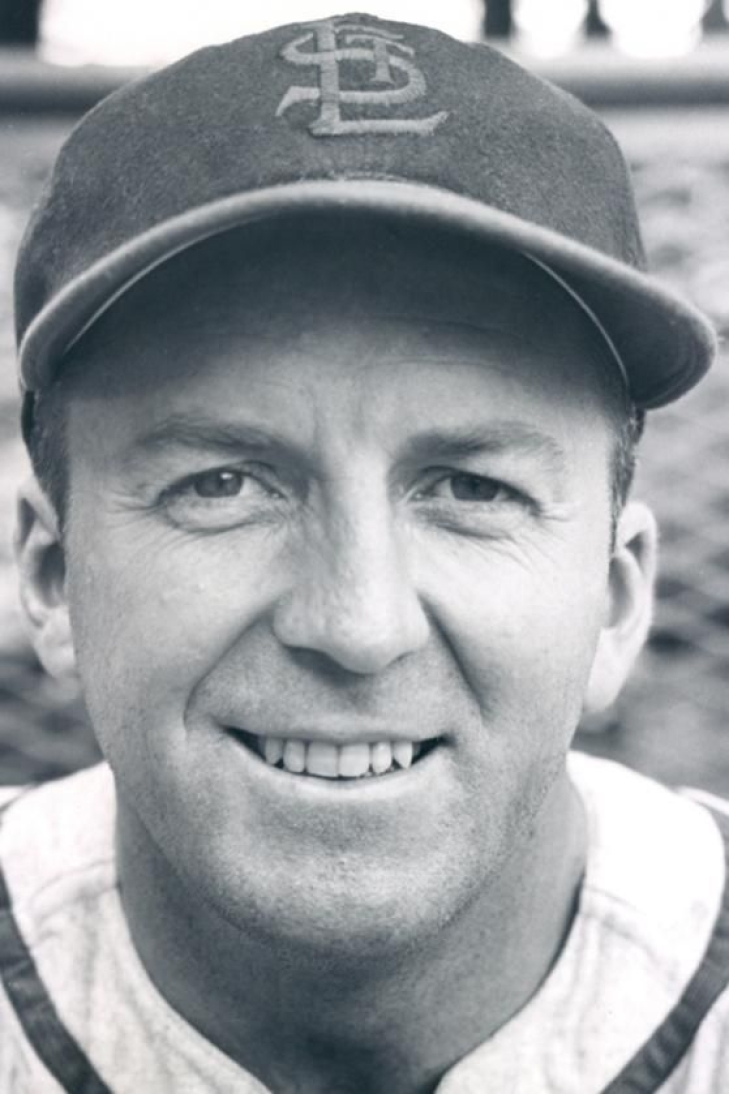
Committee Chairman
2. Dwight Howard
The case for Dwight Howard is a complicated one, but can easily be defined in two halves.
The first half, began in Orlando, where he was drafted by the Magic first overall in 2004 after forgoing college. It was not a gamble for Orlando, who could not pass on a 6’ 10” Center with exceptional athleticism. Howard averaged a double-double as a rookie (a trend he continued until the 2017-18 season) and in 2006-07, he broke out as expected with an All-Star appearance, a Third Team All-Star, and more importantly his first trip to the playoffs. That was good, but now “Superman” was ready to dominate.
Howard’s game continued to improve and was named a starter in the 2008 All-Star Game, where he also won the Slam Dunk contest while wearing a Superman cape. A First Team All-NBA player for the first time, Howard lifted the Magic to the second round, and he was fifth in MVP voting. Over the next three seasons, Howard was without question the top defensive player in basketball, winning three consecutive Defensive Player of the Year Awards (2009-11), capturing five Rebounding Titles and two Blocking Titles over his career. He was a one-man army, lifting Orlando to the 2009 NBA Finals, and in Orlando he became a five-time First Team All-NBA Selection. He was a star, he was popular, but he was not a champion, and to do that, Howard felt he needed to leave the Magic.
Howard sought a trade to Brooklyn, but he was dealt to the Los Angeles Lakers instead, which was arguably a better opportunity, as it paired him with Kobe Bryant. This should have been the start of something greater, but instead it ushered a second half filled with controversy and bouncing between teams.
The Howard/Bryant pairing did not generate a title and Kobe was allegedly upset at Howard’s lack of conditioning and team play. Conversely, Howard struggled to be the number two option, and the two superstars did not gel. Howard signed with the Houston Rockets to join James Harden in 2013, but there too, Howard was frustrated with the lack of the ball, though he did have his last All-NBA Selection and All-Star Game in the Lone Star State.
Howard then embarked in a nomadic run bouncing from team to team, where bridges would be burned, rumors abounded and the league was moving to more of a perimeter game, making Howard more of a dinosaur. He still had good numbers, and in a return to the Lakers finally won a ring, but his reputation was diminished to the point where he was egregiously snubbed from the NBA 75th Anniversary Team.
Dwight Howard’s legacy might be complex, but his overall body of work is Springfield worthy.
The Pro Football Hall of Fame Revisited Project: 1975 Semi-Final VOTE
1975 SEMI-FINAL RESULTS:
Thank you for all of your participation in the Pro Football Hall of Fame Revisited Project. If you are unaware of what that is, we acted like the PFHOF had its first class in January 1946.
We have completed the years up to 1974.
For “1975,” a Preliminary Vote with nearly 100 players whose playing career ended by 1969. We are also following the structure in that players have 20 years of eligibility, and if they do not make it into the Hall, they are relegated to the Senior Pool.
Each voter was asked to select 25 names from the preliminary list, and the top 25 vote-getters were named Semi-Finalists.
A week later, the voters were asked to pick 15 names from the 25 Semi-Finalists, and next week, they will pick five from the remaining 15. We will continue this process weekly until we catch up to the current year.
31 Votes took place, with the top fifteen advancing.
This is for the “Modern Era”
Bold indicates they advanced to the Finals:
|
Player |
Year of Eligibility |
Vote Total |
|
Doug Atkins DE |
1 |
25 |
|
Sam Huff LB |
1 |
25 |
|
Willie Davis DE |
1 |
24 |
|
Stan Jones G-DT-T |
4 |
23 |
|
Henry Jordan DT-DE |
1 |
23 |
|
Billy Shaw G |
1 |
23 |
|
Del Shofner E-DB |
3 |
22 |
|
Jerry Kramer G |
2 |
22 |
|
Tommy McDonald FL-WR |
2 |
21 |
|
Paul Hornung HB |
4 |
20 |
|
John Henry Johnson FB-HB |
4 |
20 |
|
Joe Fortunato LB |
4 |
19 |
|
Pat Harder FB |
17 |
16 |
|
Jimmy Patton DB |
4 |
16 |
|
Pete Retzlaff E-HB-TE |
4 |
16 |
|
Tom Sestak DT |
2 |
15 |
|
Alan Ameche FB |
10 |
14 |
|
Billy Howton E-FL |
7 |
14 |
|
Gene Lipscomb DT |
8 |
12 |
|
Bobby Boyd |
2 |
12 |
|
Rosey Grier DT-DE |
4 |
9 |
|
Abe Woodson DB |
4 |
9 |
|
Bucko Kilroy G-MG-T-DT |
15 |
8 |
|
Art Powell E |
2 |
8 |
|
Tank Younger FB-LB-HB |
12 |
6 |
|
Charlie Conerly QB |
9 |
5 |
|
Roger Brown DT |
1 |
5 |
This is for the “Senior Era”
*Bold indicates they advanced to the Finals:
|
Player |
Year of Eligibility |
Vote Total |
|
Ward Cuff |
3 |
19 |
|
Marshall Goldberg |
2 |
19 |
|
Al Nesser |
18 |
15 |
|
Whizzer White |
9 |
12 |
|
Woody Strode |
1 |
11 |
|
None of the Above |
|
3 |
This is for the “Coaches/Contributors Era”
*Bold indicates they advanced to the Finals:
|
Player |
Year of Eligibility |
Vote Total |
|
COACH Buddy Parker |
6 |
27 |
|
COACH Clark Shaughnessy |
6 |
27 |
|
OWNER: Charles Bidwill |
6 |
15 |
|
COACH Greasy Neale |
6 |
10 |
|
OWNER: Dan Reeves |
6 |
7 |
We will post the Class of the 1975 Pro Football Hall of Fame Revisited Project next Saturday.
Thank you to all who contributed. If you want to be part of this project, please let us know!
Our All Time Top 50 St. Louis Cardinals have been revised to reflect the 2024 Season
Yes, we know that this is taking a while!
As many of you know, we at Notinhalloffame.com are slowly generating the top 50 of each major North American sports team. That being said, we have existing Top 50 lists and consistently look to update them when necessary and based on necessity. As such, we are delighted to present our post-2024 revision of our top 50 St. Louis Cardinals.
As for all of our top 50 players in baseball, we look at the following:
1. Advanced Statistics.
2. Traditional statistics and how they finished in the National League.
3. Playoff accomplishments.
4. Their overall impact on the team and other intangibles that are not reflected in a stat sheet.
Please note that our algorithm has changed, which yielded minor changes throughout the baseball lists.
Last year, the Cardinals won 83 Games, but did not make the playoffs. The rebuilding squad saw minimal movement in the top 50, and the only new entrant was based on the new algorithm.
As always, we present our top five, which saw no changes
1. Stan Musial
2. Albert Pujols
3. Rogers Hornsby
4. Bob Gibson
5. Ozzie Smith
You can find the entire list here.
The only new addition was Ripper Collins, who as discussed above, enters via the new system.
We thank you for your continued support of our lists on Notinhalloffame.com.
48. Terry Moore
A Cardinal for the entirety of his playing career, Terry Moore was a n excellent defensive Outfielder, who likely would have been a multi-time Gold Glove winner, had that been an accolade at the time.
Moore, who was named to four straight All-Stars (1939-42), was also a decent hitter with a lifetime Batting Average of .280 with 1,318 career Hits. He also helped the Cards win the World Series in 1942 and 1946.





